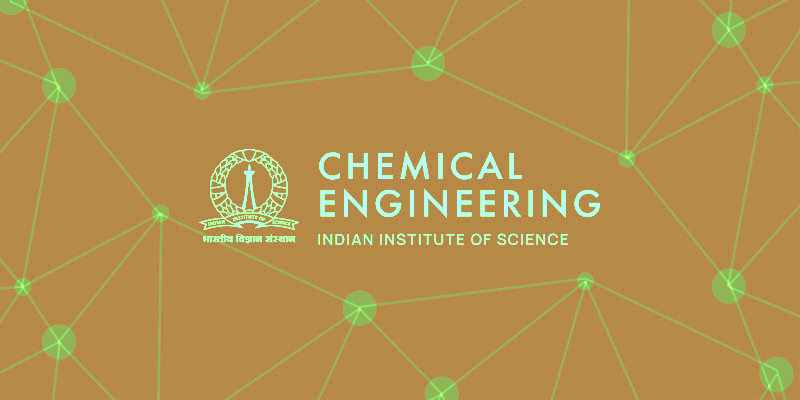May 2, 2024 -- May 2, 2024

Speaker: Dr. Rajesh Pavan Pothukuchi, CV Raman Postdoctoral Fellow, Chemical Engineering, IISc. Bengaluru
Date & Time: 02nd May (Thursday) 2024 at 4 PM
Venue: Seminar Hall, Chemical Engineering.
Gold nanoparticles (AuNPs) are one of the most widely used and studied nanomaterials with potential applications in nanomedicine, bio-nanotechnology, microelectronics, optics, and catalysis. Precise control of these nanoparticles’ size, shape, and synthesis protocols is important in tuning the material properties at bulk. Turkevich’s method for synthesizing citrate-stabilized AuNPs is the most popular because of its straightforward methodology and reliability in producing highly stabilized AuNPs ranging from 5 to 150 nm. The ease of exchanging citrate stabilizers with ligands that show high affinity with gold, especially thiols, allows the multi-functionalization of the AuNPs. The mechanism involves the oxidation of citrate, reduction of auric salt Au(III) to aurous salt Au(I), and disproportionation of the aurous species to gold (Au) atoms. Several studies have been conducted in the last 20 years to understand the mechanism of the Turkevich method, which might look simple to the eye but complex to understand. The nucleation and growth mechanism of AuNP formation, the formation of various complexes, the formation of reaction intermediates, and their role in the synthesis are yet to be fully understood at the molecular level.
This study aims to understand the second step of reducing gold from Au(I) to Au(0). We performed DFT to understand the reaction chemistry between the deprotonated states of di carboxy acetone (DCA), i.e., HDC−, DC2− with AuCl2-. To perform classical molecular dynamics (MD) simulations, force fields were developed using single-point DFT calculations of optimized [HDC-AuCl]− complex. The study shows the importance of the Au-O bond in [HDC-AuCl]− complex. By utilizing the tools of statistical mechanics, we performed alchemical free energy calculations to quantitatively measure the nucleation, which includes the critical size of nuclei as a function of the concentration of [HDC-AuCl]− chains, and the data obtained shows good agreement with predictions made earlier by kinetic models.